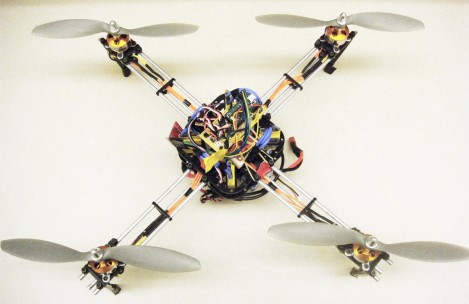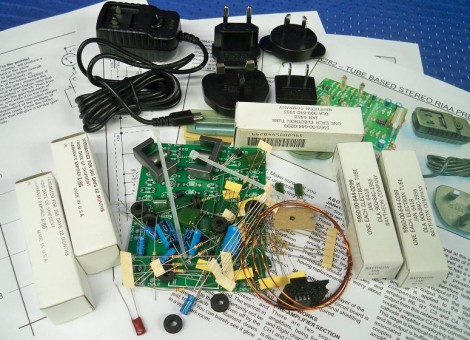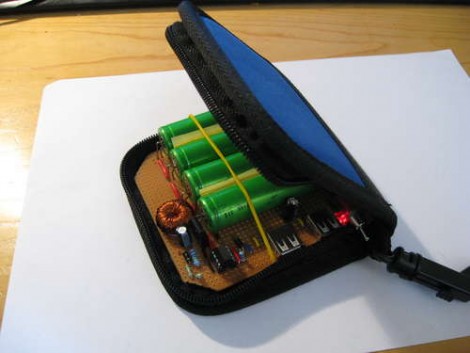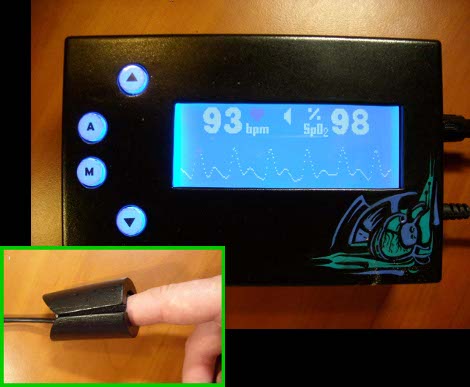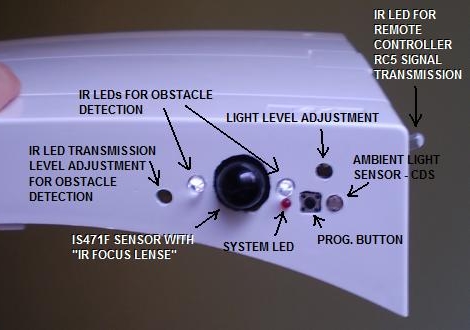
A new beta build of VirtualBox, Sun’s Oracle’s free x86 virtualization software, makes it possible to run Mac OS X as a guest operating system…no shenanigans or flaming hoops to jump through, just pop in the $30 retail Snow Leopard upgrade disc and go. This had previously only been possible with some awkward Hackintosh-style maneuvering, or using recent editions of commercial virtualization products.

